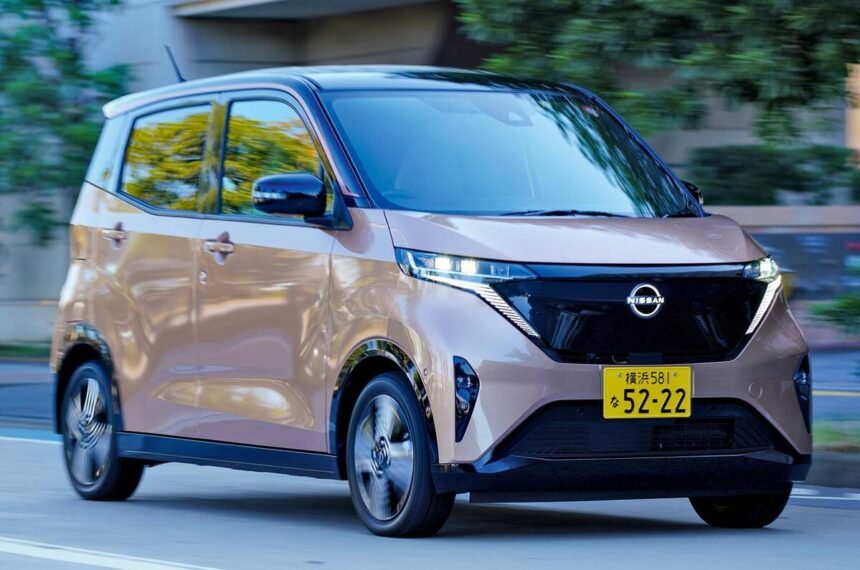It remains to be seen whether Europe will follow in Japan’s footsteps and introduce a new small car category to revive the struggling segment. With regulations becoming increasingly stringent and small car sales declining, car makers are pushing for the creation of a ‘kei’ or ‘e-Car’ category that would offer certain concessions in return for limitations on size and power.
The European Commission recently ordered a report to explore the possibility of introducing this new category, with findings expected to be released later this year. While some car makers are hopeful that this regulation could help revive the small car market, others are more cautious.
One of the main challenges facing the introduction of this new category is the issue of safety. European regulations have significantly increased the requirements for active safety features in vehicles, making it difficult for small cars to meet these standards while remaining profitable.
While some argue that certain active safety features may not be necessary in low-speed city driving, others believe that any new category of vehicles must still meet high safety standards, especially if they are intended for use on highways.
Ultimately, the decision to introduce a new small car category will require careful consideration of the balance between safety, affordability, and profitability. It remains to be seen whether Europe will follow Japan’s lead and create a new regulatory class for small cars, or if the existing regulations will continue to shape the future of the automotive industry in the region.
Importing de-contented cars from India could potentially tarnish Hyundai’s reputation for providing high-quality vehicles with cutting-edge technology. The European organization Transport and Environment (T&E) has proposed a solution to this issue by suggesting a modification to the existing M1 category rather than creating a new M0 category. This new sub-category would maintain the same safety standards but introduce a maximum weight and speed limit. By setting a maximum speed of 60mph, engineers could design vehicles with adapted crash worthiness and mechanical components, reducing costs in the process.
It is evident that any future small car category will need to be electric, aligning with the industry’s shift towards sustainable mobility. Leading automakers like Hyundai, Dacia, Volkswagen, Renault, and Honda are already introducing electric models in the city car segment, catering to the growing demand for eco-friendly transportation options. Toyota, on the other hand, is focusing on hybrid technology with its Aygo X model, emphasizing a plugless future for the segment.
Chinese automakers are also making a mark in the small electric car market with models like the Leapmotor T03 and BYD Dolphin Surf. These vehicles offer advanced safety features at an affordable price point, attracting consumers who prioritize technology and efficiency. The lack of available city cars in the market can be attributed to car companies’ emphasis on larger, more profitable vehicles due to low interest rates. However, as interest rates rise and consumer demand shifts towards smaller cars, there is a growing need to reinvigorate the small car segment.
Europe’s automotive market has yet to return to pre-pandemic growth levels, with rising car prices impacting consumer purchasing decisions. Introducing a new small car segment could potentially restore balance to the market and stimulate growth. The debate on how to create this new segment is expected to continue in the coming months as industry stakeholders work towards a sustainable and competitive future for small cars.







